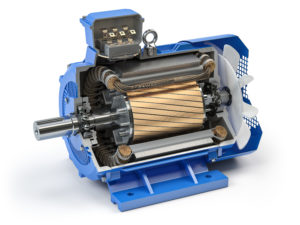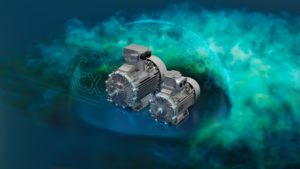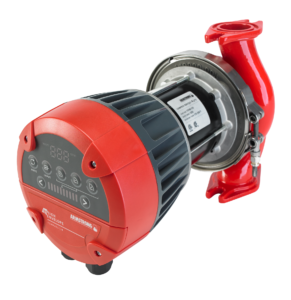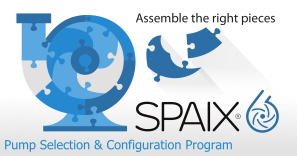Latest IE3 Rated Pump Motors From Watson-Marlow Offer Cost Savings
In line with the introduction on 1 January 2015 of phase 2 of the EU’s IE3 efficiency level legislation for electric motors in Europe, Watson-Marlow Pumps Group (WMPG) has upgraded its relevant product lines to reflect the changes. The good news for end users is that these high efficiency products offer the potential for significant savings in running costs.
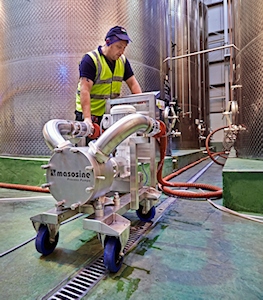
Watson-Marlow Pumps Group
Around 70 percent of industrial electricity consumption can be attributed directly to electric motors, which consequently are responsible for the majority of the world’s carbon emissions. To help address this issue, the EU has passed mandatory legislation under its Minimum Energy Performance Standard (MEPS) scheme to ensure that motors entering the market are more energy efficient as standard.
Phase 2 starts now
The first phase of the scheme (efficiency level IE2) was implemented in June 2011, and this is now followed by IE3. Specifically, single-speed, three-phase induction motors with a rated output from 7.5 to 375 kW must now meet the IE3 efficiency level, or the IE2 level if fitted with a variable speed drive. ATEX motors and some other types of specialty motor are excluded from the directive.
WMPG reacted quickly to the need for new, high efficiency products. For Bredel 50 to 2100 hose pumps, new motors for the range 7.5 to 375 kW with or without PTCs, all current IE2 motors now have an IE3 equivalent.
Similarly, with respect to Masosine SPS, EC and MR sine pumps when configured with motor power 7.5 kW or higher. In fact, at Masosine, a system has been installed with motor manufacturer SEW to ensure motors are delivered which satisfy the specific legal requirements in the requesting country.
Circa 15 percent reduction in losses
In essence, to meet the new efficiency legislation, motor manufacturers have redesigned products with higher copper content, thus offering losses circa 15 percent less than IE2 motors. The benefit for end users is a considerable reduction in running costs over the lifecycle of the IE3 efficiency motor, along with far fewer carbon emissions.
Watson-Marlow regards the higher mandatory efficiency levels introduced on 1 January 2015 by phase 2 as a vital step towards unified efficiency requirements for low voltage motors. Manufacturers seeking more efficient and cost effective high flow process pumps, should consider installing one of WMPG’s pumps which meet the new IE3 legislation.
All motors are subject to independent tests to ensure compliance with the new levels. EU MEPS is technically based on two IEC (International Electrotechnical Commission) standards. It requires efficiency to be measured using methods specified in IEC/EN 60034-2-1: 2014, and uses efficiency classes defined in IEC/EN 60034-30-1.



